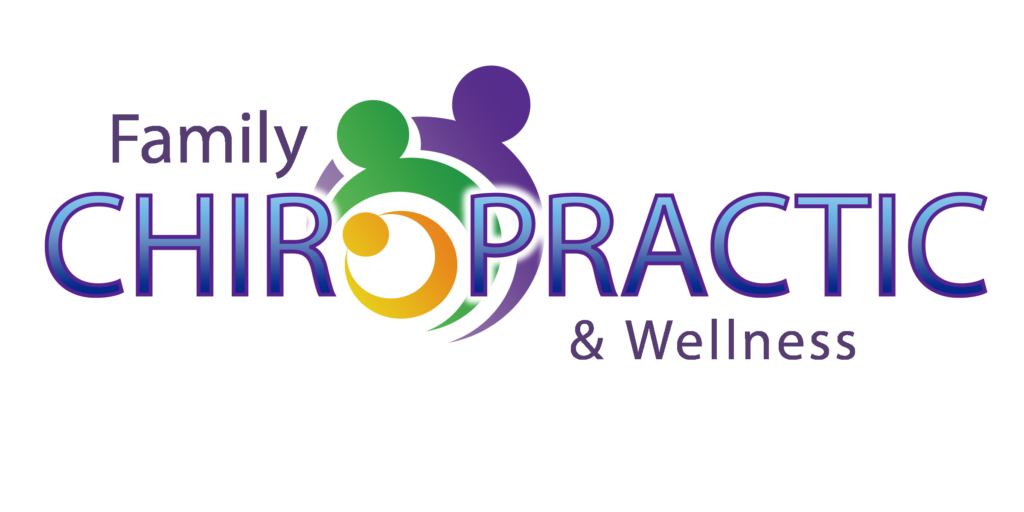If you have just been told your baby is in the breech position and you are 34-37 weeks pregnant this article is for you.
What does breech mean? It simply means the baby is not in the correct position to allow a proper birth without complications- head down. During pregnancy the baby is often in a position where the head is up. When delivery draws closer (about 34-37 weeks) the baby should assume the vertex position of head down in preparation for delivery.
Breech birth presentations greatly increase the chance of a C-section birth. According to statistics from 2003, 87.2% of all breech presentations were delivered by Cesarean.
If you have reached this point and your baby is still not head down your physician may suggest a procedure called external cephalic version (ECV) -the doctor attempts to turn the baby while in uterus by pushing on the baby through your abdomen. This procedure involves risk of vaginal bleeding, premature rupture of membranes, fetal distress, and premature labor. When high-risk pregnancies encounter breech presentations often times the ECV is not recommended or even contraindicated (meaning it is not even considered a possibility due to increased risks). If this occurs the most likely response is simply to wait hoping that the baby will turn on its own. Even when the ECV is done it has only seen a 58% success rate. So if you have either tried the ECV unsuccessfully or are unable to try it what can you do besides wait?
Sometimes the best way to find a solution is to evaluate the cause of the problem. Most babies naturally assume the vertex position before labor because their instincts direct them to. So, why hasn’t your baby turned vertex? Is it because your baby is lacking the instincts to do so? Not likely. Something is preventing the baby from following the natural process. The most trusted obstetrics and gynecology text states that the cause for failure to turn over 50% of the time is simply unknown.
Enter the Webster Technique. Larry Webster, DC noticed a correlation between misalignments of the sacral and pelvic bones and abnormal fetal positioning in the late 1970’s. He developed a chiropractic technique focused on restoring movement and alignment in the pelvic region. Following this procedure the babies would regularly turn to the vertex position without additional external influence. His success rate was over 90% within three treatments. This can be explained through simple anatomy.
Ligaments of the Uterus -Uterosacral ligaments behind the uterus, Round ligaments in front and the Broad ligaments on each side- attached it to the pelvis and sacrum. When the hormone Relaxin is released during pregnancy it causes a loosening of soft tissues. The result can involve a shift in the pelvic bones causing misalignment and aberrant motion. Bed rest and improper postures contribute to this by adding additional tension to the pelvic structures. Ligamentous tension then leads to intra-uterine constriction as the uterus is limited. This leads to restriction of the baby and prevents natural healthy movement. Until the restriction can be removed the baby may not be allowed to assume the proper positioning.
The Webster technique uses chiropractic adjustments to realign the sacrum. This promotes proper movement and reduces constriction on the uterus. The baby can now be allowed to move freely and naturally. There are no other external forces applied and it is extremely safe and very comfortable. Additionally, this technique has been shown to have an 85% success rate of reducing breech presentation. Success has occurred with this technique when used as a last option with minimal treatments given, but it is much more successful when a series of treatments over a week of two is allowed. The Webster technique is most successful when begun by the seventh of eighth month of pregnancy.
When considering its success rate and non-invasive nature, this technique ought to be the logical first choice for mothers and birth practitioners who encounter a possible C-section or other complex delivery options due to abnormal presentation. It is also suitable for all pregnancies because of its safe and gentle approach.
Additional benefits from chiropractic care during pregnancy and from decreasing intra-uterine constraint include the following:
- Maximized diameter of the birth canal
- Decreased chances of difficult labor and additional complications during delivery
- Decreased discomfort
- Improve sleep
- Improved biomechanics & gait (walking motion)
Dr. Reynolds is Webster Technique certified and is available to provide care in his Draper, Utah office as well as in the Salt Lake Prenatal Massage clinic in Salt Lake City, Utah. To schedule an appointment with Dr. Reynolds call 801-810-4144. Dr. Reynolds is also offering a 10 minute consultation at no charge to answer any questions you may have about the Webster technique or about chiropractic in general.



